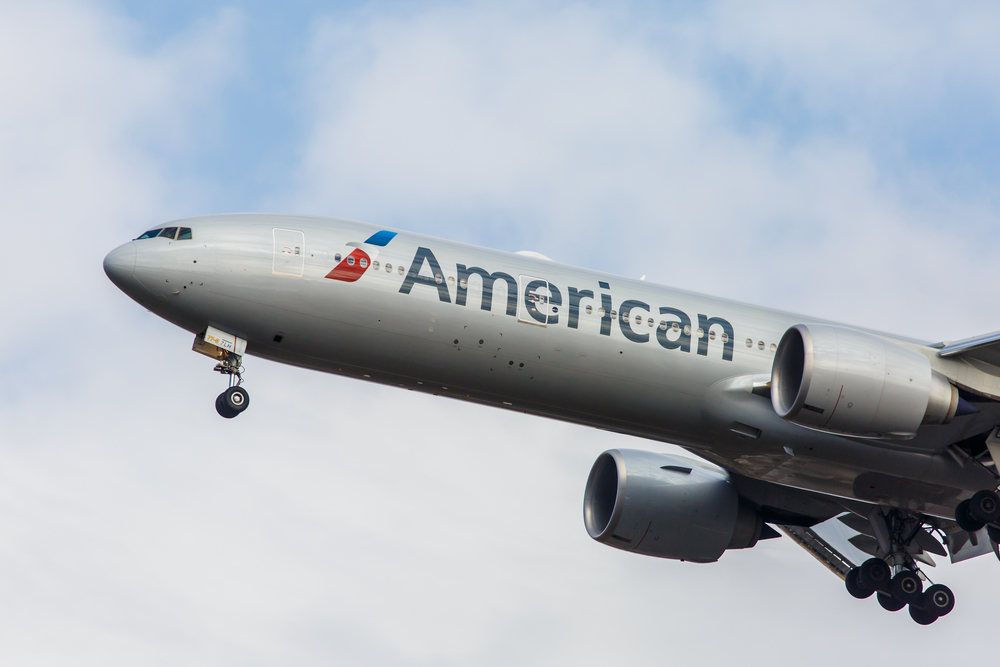2 Big Changes You Can Expect From American Airlines in 2016

American Airlines has been going through some of the most painful parts of their integration with US Airways for the past two years. Just a week after they finished migrating US Airways to the American reservations system (one of the most complicated steps) they announced their earnings for the 3rd quarter of 2015.
I didn’t expect that it would be long after the major steps of the renovation before American Airlines would start to make some customer facing changes regarding the loyalty program. It’s been a while since there were major changes to the loyalty program, and there have been major changes at both Delta and United. Given comments that Scott Kirby (President of American Airlines) made, changes are on the horizon.
Delta was the first to go with a revenue-based loyalty program, creating spending thresholds to earn loyalty as well as linking the number of miles earned to both the price of the ticket and the elite status customers hold in the loyalty. United followed suit a few months later, utilizing one of the world’s largest Xerox machine to create a photocopy of Delta’s program.
That leaves American Airlines as the odd airline out. They have no revenue component to loyalty status, though they do have a program to earn Elite Qualifying Points (EQP, as opposed to miles) based on buying higher-priced tickets as a path to earn status faster. In the past 12 months, they’ve released a few different programs that also reward bonus miles for higher fare purchases as well.
Scott Kirby addressed the future directly, saying the following:
On the commercial side, we have a huge backlog of projects in terms of all kinds of areas, but two big areas are in the frequent flier program and doing more innovation within the frequent flier program.
The first thing that crossed my mind was when Scott Kirby uses the word innovation in reference to the loyalty program, I feel like a cat in a room full of rocking chairs.
Even though the legacy carriers have been playing a game of copycat for decades, I don’t think American will create an exact copy of the Delta/United plan. But, at this point I think it would be foolish to think significant changes aren’t in the offing.
What will those changes look like? They’re surely going to include revenue components in a more meaningful way. Where legacy computer systems may have limited the airlines’ ability to track such things, today’s innovation is all about being able to crunch data at a much finer level. But, the question remains if American Airlines will take a nuanced approach or use blunt instruments. The Delta and United plan require that travelers fly a certain number of miles AND hit a spending threshold. As the airlines start to focus more on revenue, requiring folks to fly a specific number of miles to earn status means some customers aren’t rewarded for significant spending levels. However, the current American Airlines system of EQP does provide for a path where high-spenders can earn elite status in as little as 1/3rd the number of miles flown
Since that path already exists today, I expect that American Airlines has been working on something different. They’re not ready to tell us the details of that yet, but I wouldn’t expect we’d get too deep into 2016 without knowing more.
The second part of Scott’s answer addresses the other big change we can expect:
And secondly, doing more to further disaggregate the product, and really move to a world where we can offer fares that compete with low-cost carriers, and have a suite of attributes that are appropriate for those prices, and then fares that have a greater suite of attributes, and give our customers choice. It’s all about giving our customers choice.
Point of clarification, it’s really not all about giving customers choice. They already do that. They set out a fare that matches one Spirit or Frontier is selling. The choice he’s speaking about is creating fares that have less benefits so they can make a bit more money when they’re matching fares with low-cost carriers and ultra low-cost carriers (LCCs and ULCCs).
Scott and Doug were both very clear that they will compete (match fares) with anyone who operates a nonstop between the same city pairs as AA. 28% of AA’s available seat miles (ASMs) have competition from Spirit. And, they also noted that over 80% of their fares are influenced by LCCs and ULCCs. This is a real issue for them to address, no doubt. Those new fares Scott is talking about are likely to strip out things like free seat assignments and AAdvantage miles. These only represent a small portion of the seats sold on most flights, but it will definitely create some confusion for frequent fliers/business travels who might try to buy one of these fares and expect the normal benefits they’ve received for decades. They were pretty mum about what the final picture will look like here as well.
The last thing Scott noted that I think should be of interest to frequent travelers (in a good way) is that the folks at American Airlines believe that their competitors have better credit card deals than they do. There’s no specific timetable for a renegotiation, and my understanding is that American did some of this last year when they named Citi the exclusive card issuer of the airline (shutting out Barclay). But, a further renegotiation could equal good things for AA customers, like another pass at those 100,000 mile sign-up bonuses.
I’ll close with a stat that surprised me just a bit. Though I knew the number was high, AA noted in the call that 87% of AA customers fly the airline only once a year. That’s a whole lot of people choosing AA on price or route.
You can find the entire transcript of the earnings call here.

what’s the point to write something that is still not yet confirmed and all based on presumption? this world is full of uncertainty …no need to spread fear and rumors.
Shannon, I guess it depends on what you consider to be confirmed. Scott was pretty clear that they were changing their fare structures and loyalty programs, both in a way investors would be pleased with. Short of the actual changes, I don’t know what else is a clearer signal these changes aren’t likely to be more rewarding for customers.